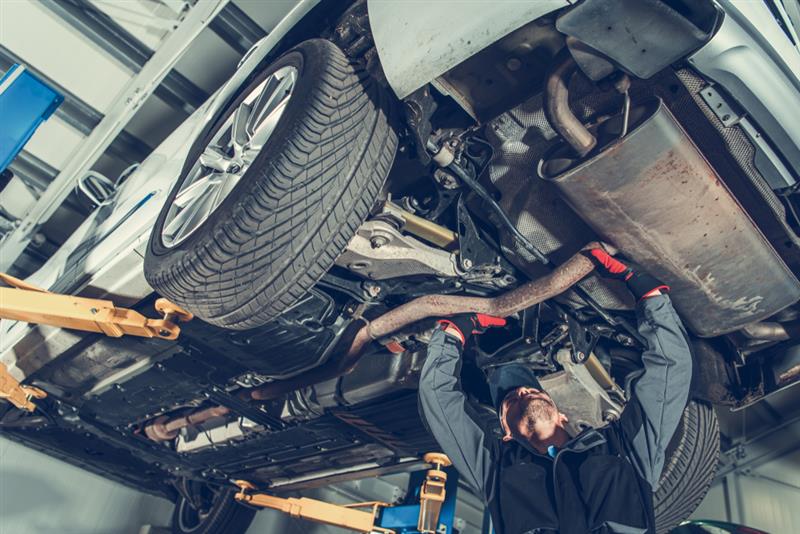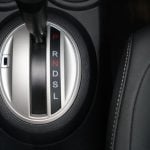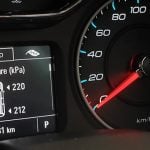We all love our cars, but do you know everything there’s to know about your beautiful machine? A little know-how about all the components in your car can help you maintain and care for it even better. And this is where we can help you. In this post, we’re letting you know everything you need to know about the drivetrain in a vehicle. From what a drive train is in a car to how it works, we’ve mentioned it all in the post. Read on to know more.
What Is a Drivetrain in a Car?
The drivetrain in a car is a mechanical system that transfers energy from the engine to the wheels to make them move. The drivetrain includes several components like the driveshaft, transmission, axles, and wheels.
What Does a Drivetrain Do?
The car drivetrain connects the engine and transfers energy to make the car move. The drivetrain sends energy to the wheels through the transmission when the engine runs. The drive wheels can be either the rear wheels, the front wheels, or all the wheels.
Parts of a Drivetrain
Here’s a list of drivetrain components and their functions:
- Driveshaft: The driveshaft is a long tube made of steel or aluminum connected to wheels on one end and the car’s transmission on the other. It allows the transmission to provide torque to the wheels.
- Transmission: The transmission in a vehicle transfers power from the engine to the wheels and helps with gear-shifting.
- CV joints: CV joints, also called constant-velocity joints, are part of the driveshaft. These joints can bend in any direction because of their design and allow the axle to move with your vehicle while continuing to turn the drive wheels. CV joints are found in front-wheel drive (FWD) vehicles.
- U-Joint: The universal or U joint is a flexible point found on both driveshaft ends. Also, when your vehicle goes over a bump on the road, the U-joint allows the shaft to pivot and move.
- Differential: The differential is found in the middle of the axle and distributes equal power to each drive wheel. Therefore, for front-wheel drive, it’s found in the front axle; for rear-wheel drive, it’s found in the rear axle; and for all-wheel drive, it’s found in both axles.
- Axle shafts: The axle shafts are located on either side of the differential, and they deliver power to the drive wheels.
Is the Drivetrain in a Car the Same as a Transmission?
No, the drivetrain is not the same as the transmission. The drivetrain includes several components, such as the axle shafts, driveshaft, CV joint, etc. In fact, the transmission is part of the drivetrain.
What Causes a Malfunction in a Drivetrain?
Multiple factors can make a drivetrain malfunction. Here’s a list of factors that can cause a problem in the drivetrain:
- Lack of transmission fluid or transmission fluid leak
- Overheating
- Blown head gaskets,
- Fuel injectors malfunction
- Airflow issues
How Do I Know If My Drivetrain Is Not Working Properly?
If your drivetrain is not working properly, you could be facing one of the issues mentioned below. Also, if you experience any of the problems mentioned here, have your vehicle checked immediately:
- Transmission overheating
- Slipping to neutral after changing gears
- If you experience grinding when you shift gears
- Humming or clunking noises when the vehicle’s in neutral
How Much Does It Cost to Fix a Drivetrain?
The cost to fix a drivetrain depends on the type of damage, model, and year of the vehicle. Minor repairs like replacing a gasket or seal should cost between $100 and $200. However, major replacements will cost close to $4000.
Renée Martin is a travel and car expert who focuses on road and air travel in the U.S. For the past 6 years, she’s been helping make driving and trip planning easier and budget-friendly for everyday travelers.


















